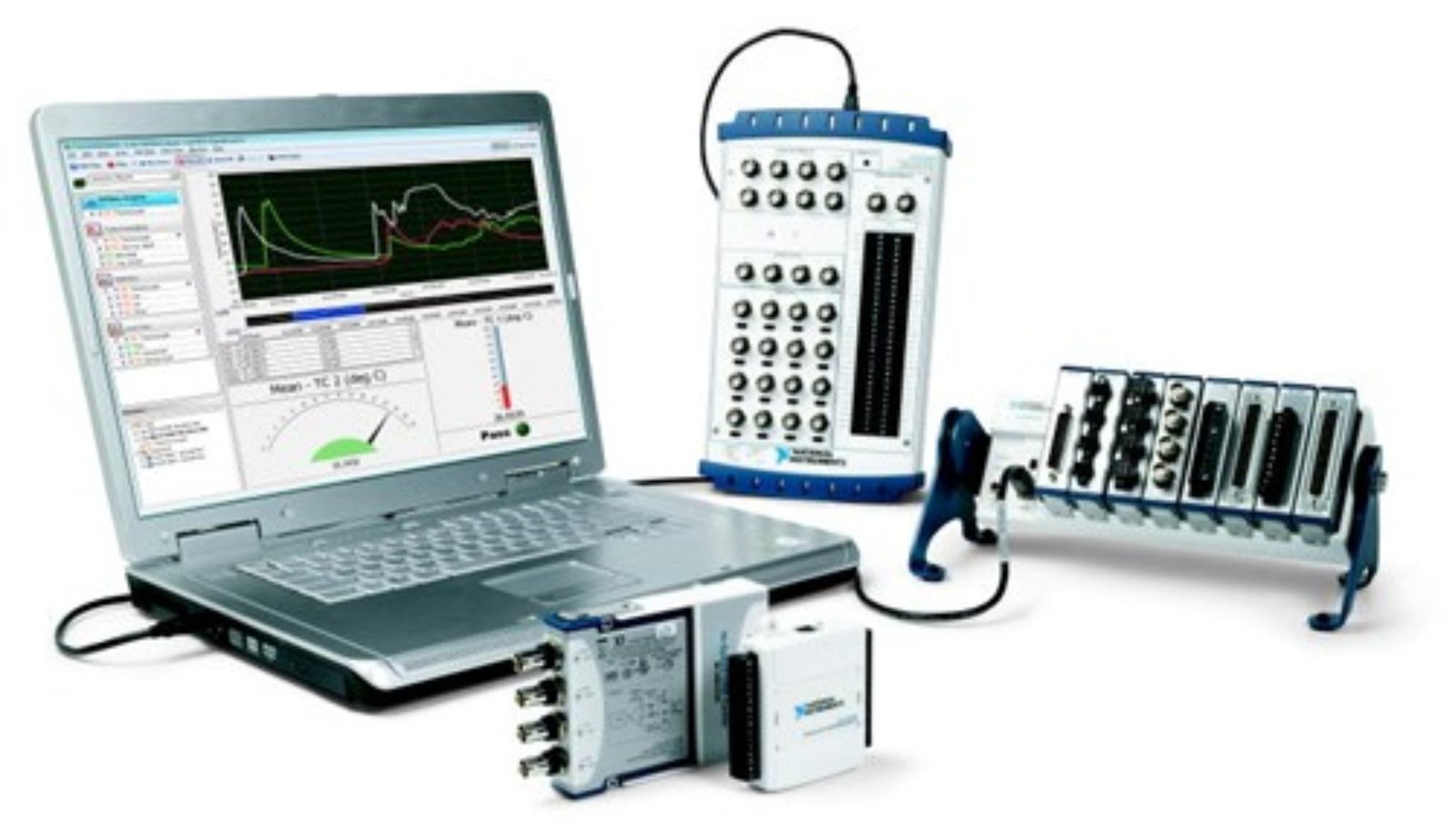How would you pick fitting Data Acquisition equipment? To respond to this inquiry you truly need to investigate your vibration estimation application. Guaranteeing you have the ideal arrangement for your test climate will help you get important information out of your tests and exams. A portion of the contemplations you should make are What sort of sensor am I utilizing? What's more, What separating abilities do I need?
This blog entry will give you an outline of the determination models you ought to consider while assessing information procurement equipment for your stun and vibration examination.
- Sensor Compatibility
The sensor choice will regularly direct what kind of information obtaining framework is fitting dependent on the sensor's yield. Does the sensor have a computerized yield? What is the yield range? Low affability sensors may require amplification of their yield. An information securing framework that can give the excitation voltage to control the sensor can wipe out the requirement for outside force supplies, disentangling the estimation framework arrangement fundamentally.
- Greatest Sampling Rate
Best practices call for examining the sign at a rate multiple times more noteworthy than the upper finish of the recurrence scope important to catch the vibration profile precisely. For most stun and vibration estimation applications, an information obtaining framework requires an example pace of in any event two or three thousand hertz, however, everything relies upon the recurrence scope of interest.

- Estimation Goal
The goal is commonly determined in pieces which would then be able to be utilized to compute the goal in increasing speed units. For instance, consider an accelerometer framework with a 16-digit goal; at the end of the day, it has 216 or 65,536 speedings up levels or containers it can gauge.
- Separating Capabilities
Separating eliminates undesirable recurrence content and should be a significant piece of any assessment of various Data Acquisition frameworks. High-pass channels eliminate lower recurrence vibration and are intrinsic in all piezoelectric accelerometers which give these accelerometers the AC reaction.
An ideal channel would consistently pass all frequencies under a predetermined restrict and wipe out all over that limit. This ideal channel would have an entirely straight stage reaction to a similar upper recurrence limit. However, given that ideal channels don't exist, some trade-off is vital on a channel's adequacy and stage reaction. Four principle various sorts of channels are utilized:
- A Butterworth filter is known for its maximally level adequacy reaction and a sensibly straight stage reaction. The Butterworth channel is the most famous for vibration estimation.
- The Bessel filter has almost wonderful stage linearity so it is most appropriate for transient occasions like stun testing.
- The Chebsey filter has a quicker move off in the adequacy reaction, which is accomplished by presenting a wave before the move off. These channels have a moderately nonlinear stage reaction.
- Elliptic filters have the steepest move off in the adequacy reaction, however, they have a wave in both the passband and stopband. Furthermore, their stage reaction is profoundly nonlinear.
Wrapping Up,
So, whenever you are going to choose Data Acquisition tool than keep these guidelines in your mind with considering the point.
Comments
Post a Comment